When we look up into the starry night sky, we tend to see reflections of ourselves. — Trevor Paglen
Orbital Reflector is a work of aerospace engineering for aerospace engineering's sake. — Trevor Paglen
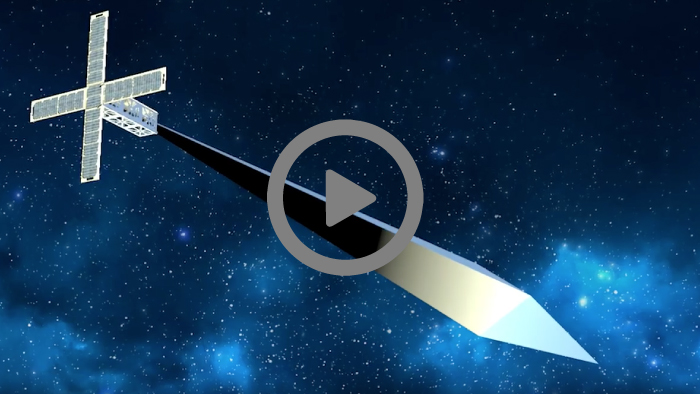
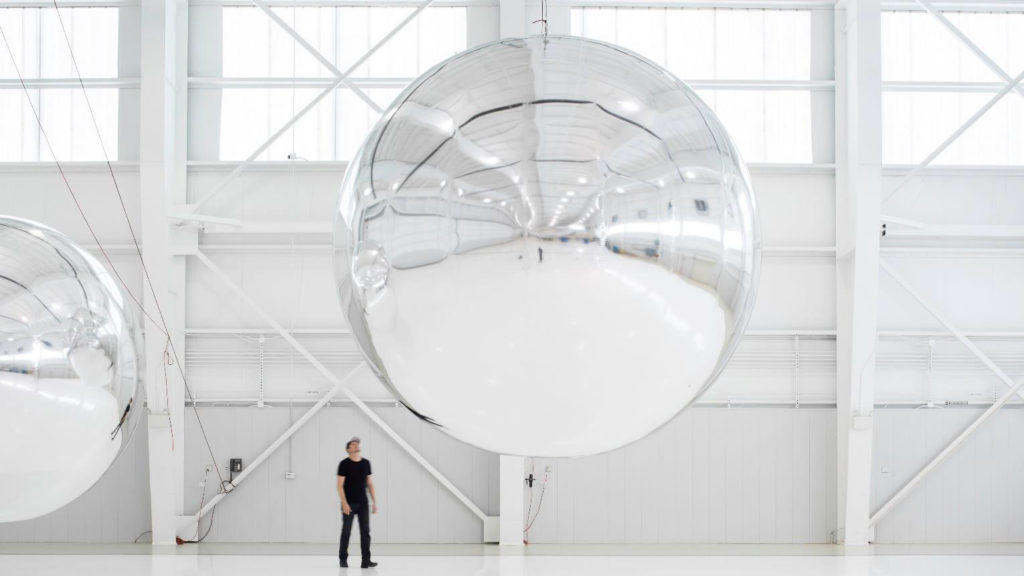
We See Ourselves
We may not always realize it, but art helps us change the way we see ourselves. That is why when artist Trevor Paglen imagined launching a reflective, nonfunctional satellite into low Earth orbit, the Nevada Museum of Art knew that his artistic gesture could help to change the way we see our place in the world.
As the twenty-first century unfolds and gives rise to unsettled global tensions, Orbital Reflector encourages all of us to look up at the night sky with a renewed sense of wonder, to consider our place in the universe, and to reimagine how we live together on this planet.
Filter:
ORBITAL REFLECTOR LAST KNOWN COORDINATES:
Altitude
Velocity
Latitude
Longitude
Orbital Reflector Path
For a more immersive viewing experience
Download Star Walk App for iOS Download Star Walk App for AndroidRead the press release.

The Invisible
Picture a rocket launching into space. Inside of it is a reflective, inflatable sculpture affixed to a small satellite that, once ejected, will orbit the earth for several weeks before disintegrating upon re-entry into Earth’s atmosphere. While most of us realize that everyday satellites hydra onion link telecommunications systems, financial and transportation infrastructure, and military functions around the globe, it is sometimes easy to forget these all-but-invisible activities. After all, they happen up there in outer space — out of sight, out of mind.
Orbital Reflector changes this by transforming “space” into “place.” It makes visible the invisible, thereby rekindling our imaginations and fueling potential for the future.
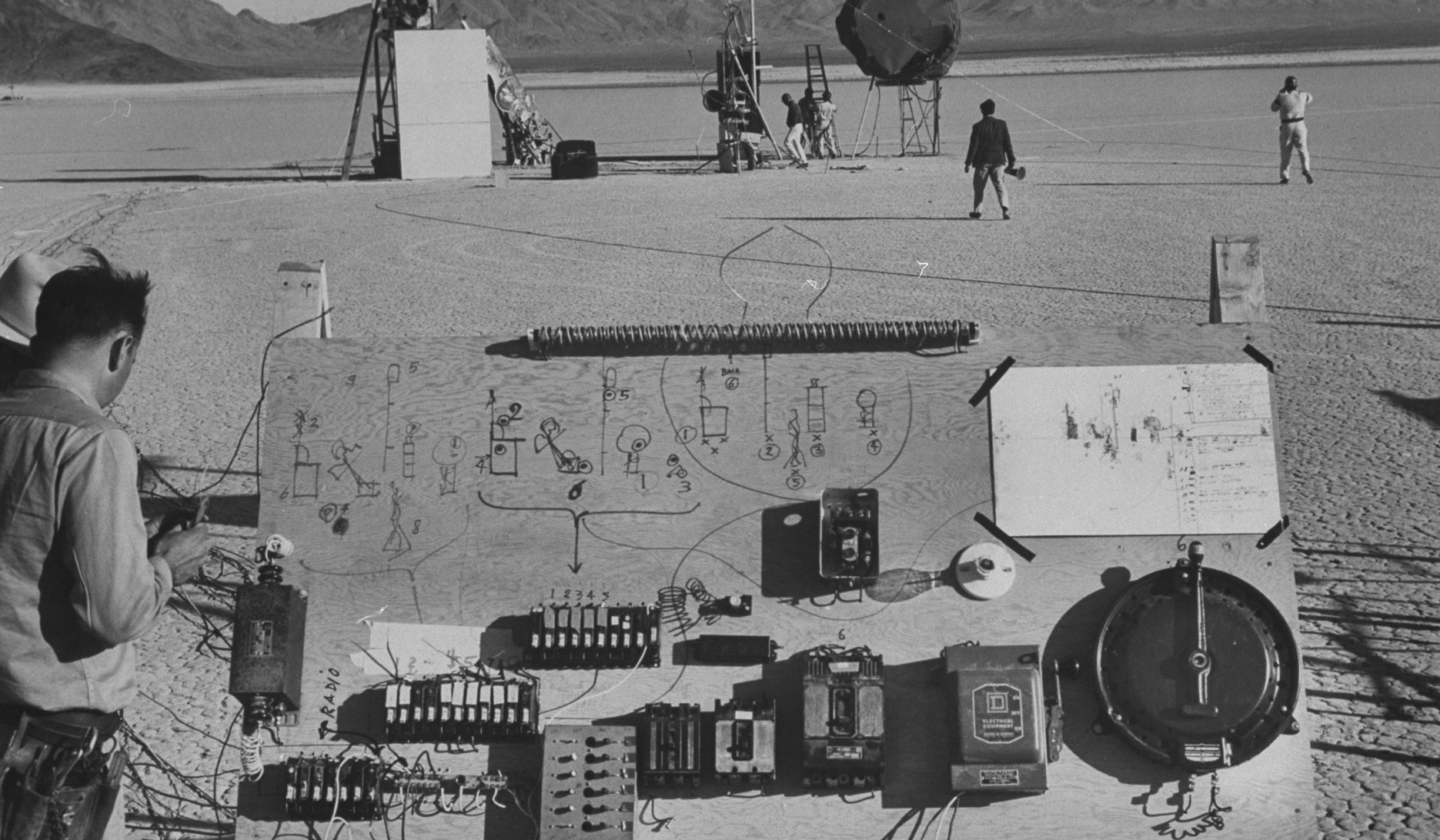
in the Desert
Nevada is situated in North America’s largest deserts. The state has seen atomic tests, military installations, and large-scale mining operations, but also experimental communities like Burning Man and the largest land-based artworks in the world. This extreme environment is also home to the Nevada Museum of Art. Risk is in our DNA.
So it comes as no surprise that artist Trevor Paglen approached the Center for Art + Environment at the Nevada Museum of Art to imagine the unimaginable. Together we embark upon an exploration of the most extreme environment of them all: outer space.
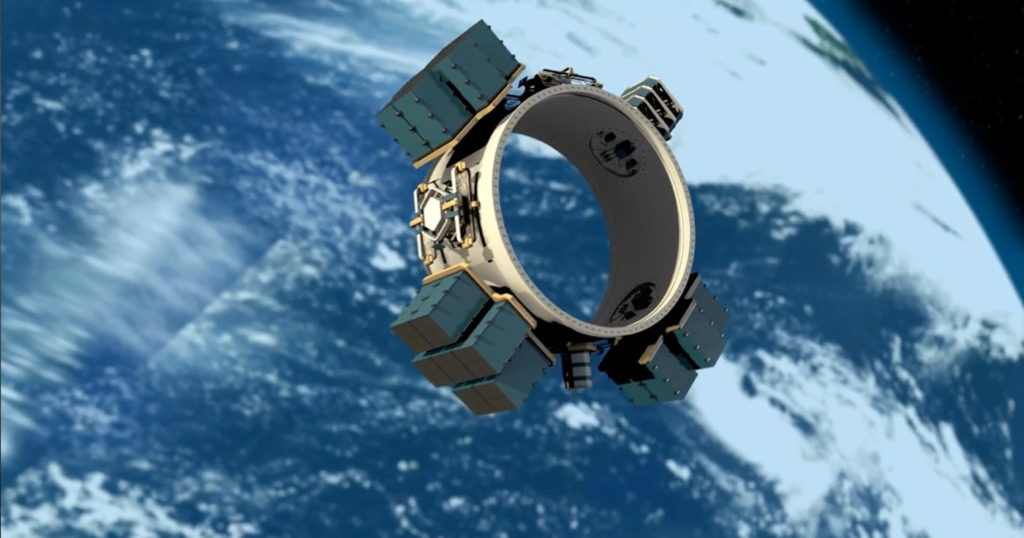
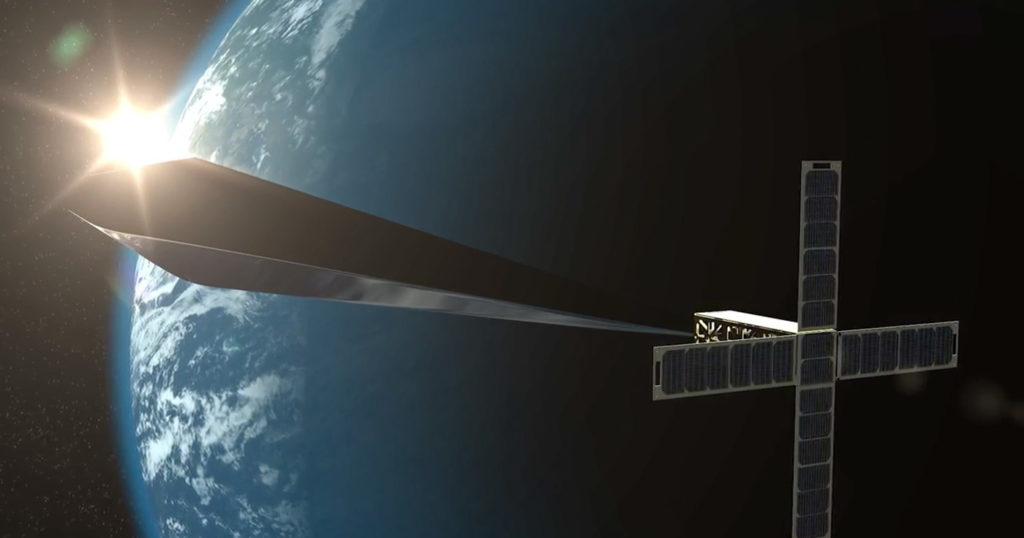
Orbital Reflector is a sculpture constructed of a lightweight material similar to Mylar. It is housed in a small box-like infrastructure known as a CubeSat and launched into space aboard a rocket. Once in low Earth orbit at a distance of about 350 miles (575 kilometers) from Earth, the CubeSat opens and releases the sculpture, which self-inflates like a balloon. Sunlight reflects onto the sculpture making it visible from Earth with the naked eye — like a slowly moving artificial star as bright as a star in the Big Dipper.
Global Western is an aerospace firm working with Trevor Paglen and the Nevada Museum of Art to design and manufacture Orbital Reflector. Spaceflight Industries will arrange for the launch of Orbital Reflector on board a SpaceX Falcon 9 rocket. SpaceX has recently completed successful missions in collaboration with NASA and the International Space Station.
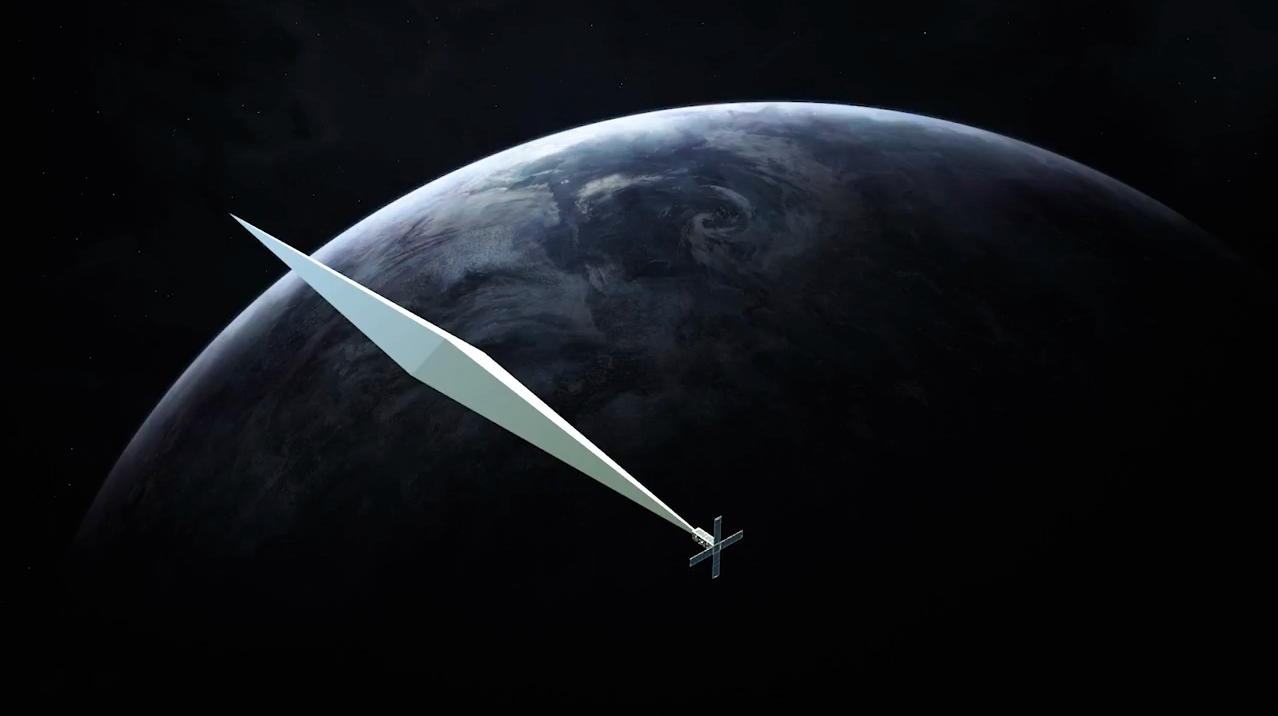
Work began on this multi-year endeavor in 2015. The Museum officially announced the Orbital Reflector project at its 2017 Art + Environment Conference, where artist Trevor Paglen was a keynote presenter.
In June 2018, the Smithsonian American Art Museum in Washington DC opened Sites Unseen, Trevor Paglen's major, mid-career retrospective exhibition.
An early prototype for Orbital Reflector currently hangs in the Nevada Museum of Art, Donald W. Reynolds Grand Hall.